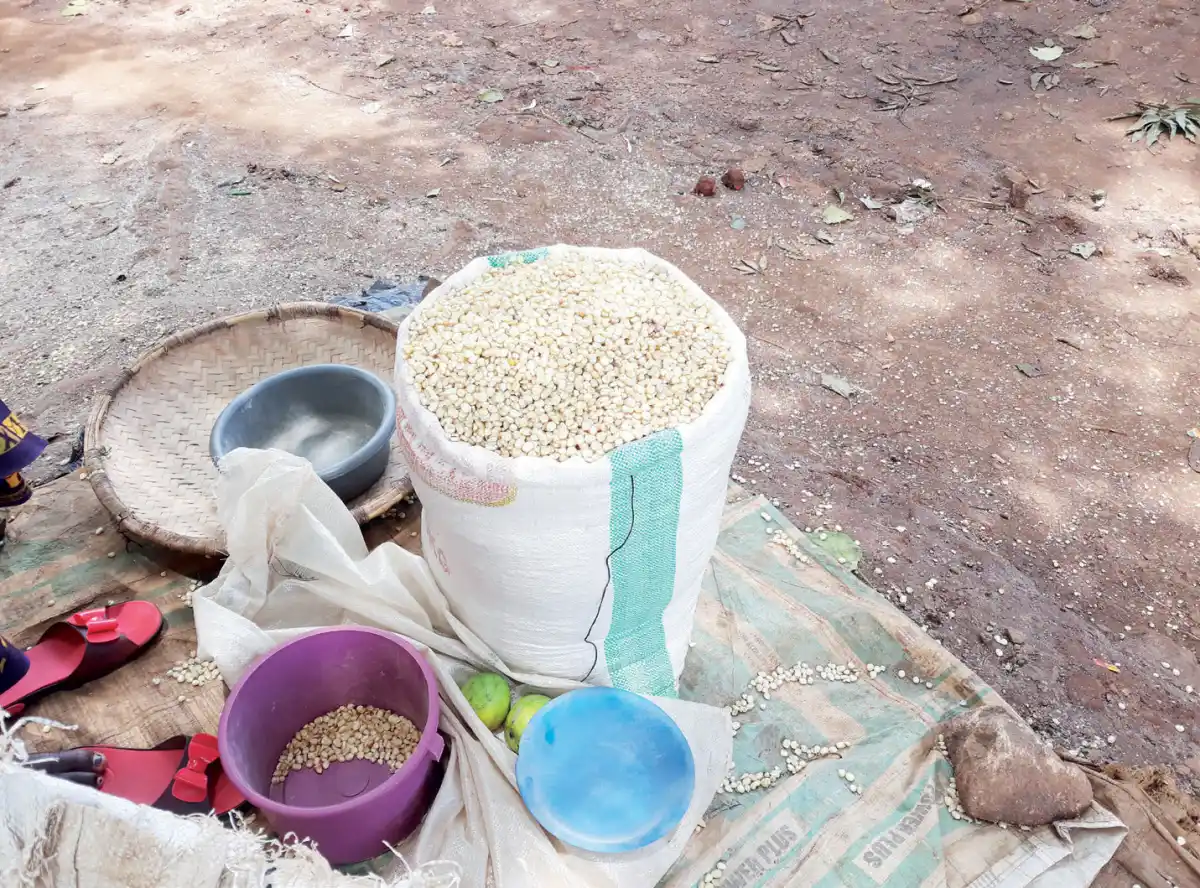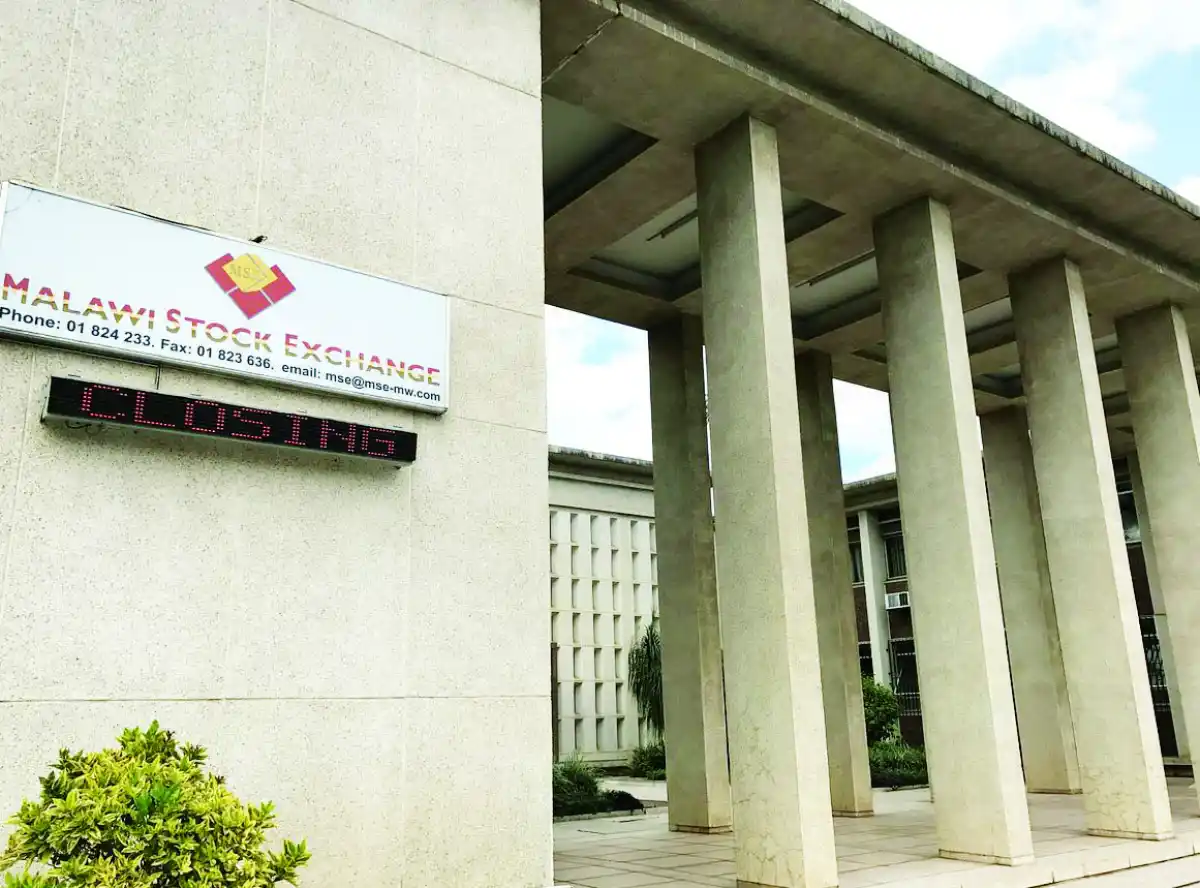
A monthly maize market report by International Food Policy Research Institute (Ifpri Malawi) indicates that prices of maize were highest in the Southern Region in July.
The report, released last week, indicates that retail prices of maize increased by four percent in July.
“After a sharp increase in June and early July, daily average retail prices of maize stabilised in the second half of July, resulting in only a four percent increase in the weekly average prices between the final week of June and the final week of July.
“In July, retail prices of maize continued to exhibit a typical regional pattern, with highest prices in the South (K862/kg on average) and lowest prices in the North—K627/kg on average. In the Central Region, maize retailed on average at K758/kg,” reads the report.
Despite the stability, the weekly average price of maize in July 2024 was K792 per kg, which is 22 percent higher than the price observed in the final week of July 2023 of K650/kg.
Retail prices of maize in Malawi were similar to those elsewhere in the region except in Tanzania, where maize is considerably cheaper at both the official and market exchange rates, presenting an opportunity for imports.
Recently, Food and Agriculture Organisation, World Food Programme and International Ifpri said maize imports remain critical for Malawi to avert hunger following poor harvest resulting from weather socks.
The organisations argued that winter and irrigation farming, cash transfers as well as local maize purchases are not enough solutions to meet the need and that donors are key to support the imports.
Meanwhile, the Ifpri report further observed that in July, there were no sales of maize in Agricultural Development and Marketing Corporation depots as the grain trader continues to buy the commodity from the market.
The government gave Admarc the mandate to procure 33,846 metric tonnes (mt) of maize worth K21.8 billion in the 2024-25 financial year.
On the other hand, National Food Reserve Agency (NFRA) is targeting 82,000mt for the Strategic Grain Reserve.
Speaking recently, development expert Ken Sakala from the Synod of Livingstonia Development Department (Soldev) said in an interview that Malawi needs to have strong political will to find strategies that would help mitigate impacts of climatic shocks.
He said introduction of mega farms is one of the ways of coming closer to mitigating the impacts of climatic shocks but this can only work well if the country’s budget has an allocation towards disaster risk reduction.








0 Comments